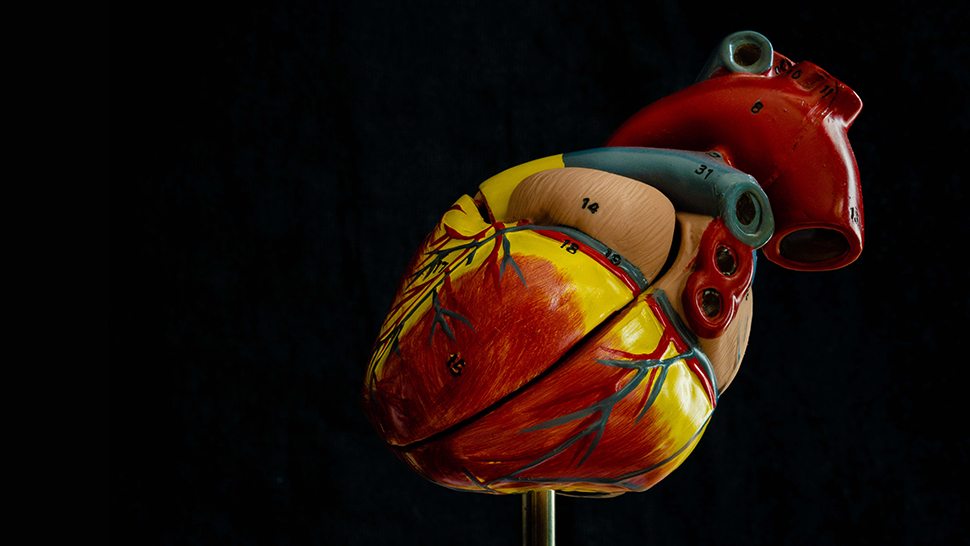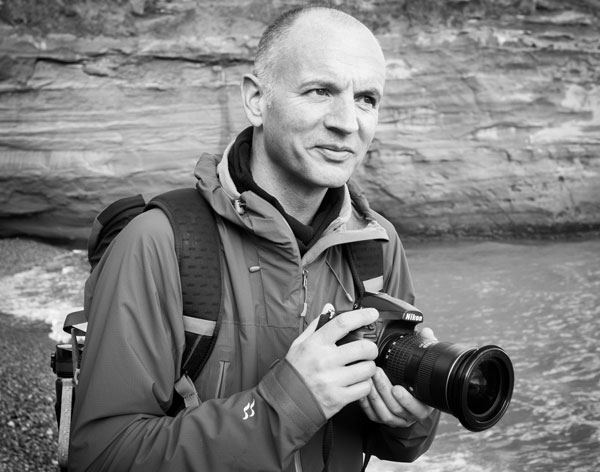

Benedict Brain is a UK-based photographer, journalist and artist. He is an Associate of the Royal Photographic Society and sits on the society’s Distinctions Advisory Panel. He is also a past editor of Digital Camera Magazine, and the author of You Will be Able to Take Great Photos by The End of This Book.
It started as a simple technical experiment in the art of still-life using natural light, as part of a book I’m working on. However, it soon stimulated my artistic curiosity, and the beginnings of a larger project were born.
Initially, I simply needed to illustrate how to photograph objects using natural light. I was keen to create a studio environment without resorting to any expensive lights or accessories. The choice of the object didn’t matter – I just needed something to focus on – so I grabbed the nearest thing that looked remotely interesting. This just happened to be an anatomical model of a human heart I had laying around – as you do!
The setup is on my kitchen bench with a window to the right. It’s south-facing, which isn’t ideal, but it was a relatively dull day, so the light was even and consistent. I used a sheet of black velvet for the background. Velvet is great, as it absorbs the light. I used my Sigma fp L and the Sigma 105mm Art lens. While the primary light source is from the window to the right, I also made a modest diffuser out of kitchen foil to reflect light into the shadows on the left-hand side. It was just enough to fill the shadows, but not so much that it became dull and flat.
Lighting and setup aside, what struck me most was how the inanimate object seemed to take on a strange, almost surreal lease of life. From this angle, with this lens in this light, the model heart’s valves, veins, aorta and arteries took on a monstrous form. It felt anthropomorphic in its haunting, almost menacing presence. I was careful to position the supporting stand in the middle of a square crop; at first, I thought of removing this so the heart appeared to float, but without the stand, the image didn’t ‘read’ well. I was also keen to create black space around the heart. The black space and the stand add to the narrative.
As is the case with much of my work, I enjoy playing with ideas around meaning, metaphor and what images might mean. What do you think?
• Other articles in the Art of Seeing series
Read more:
• The 50 best photographers ever
• 100 best photography quotes from famous photographers
• The best coffee-table books on photography







